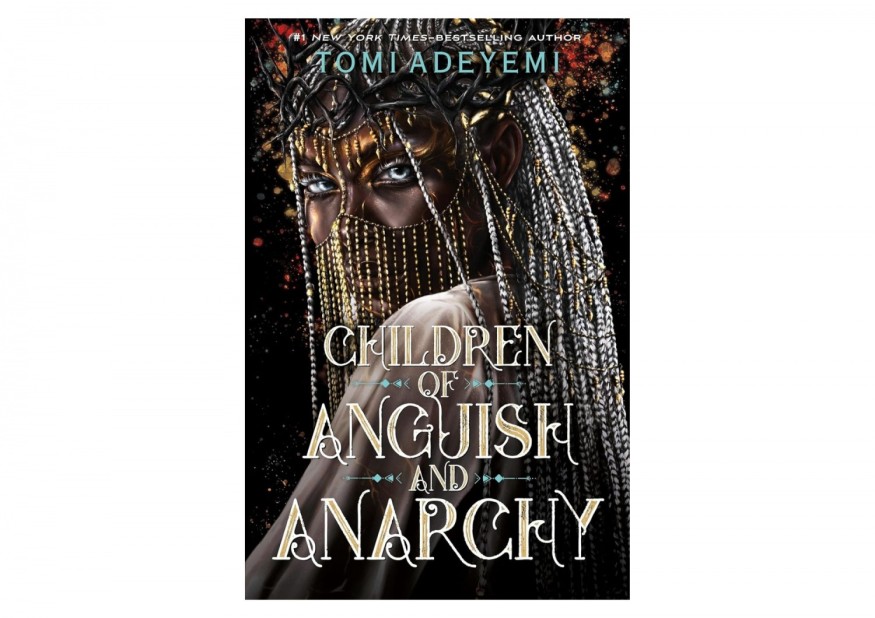
As the last chapter in her critically acclaimed "Legacy of Orïsha" series, "Children of Anguish and Anarchy," approaches publication, author Tomi Adeyemi discusses how the story has changed since it first debuted in 2018.
In an interview with The New York Times, Adeyemi discussed the dramatic shifts and elemental themes that define her best-selling series, in which themes of divination and elemental forces resound with the characters' struggles.
Fight Against Oppression and Betrayal Intensifies
The series centers on Zélie, a young maji in the magical kingdom of Orïsha, oppressed by a non-magical monarchy that seeks to suppress and control her people. Through the first two books, "Children of Blood and Bone" and "Children of Virtue and Vengeance," Zélie restores magic to her people but inadvertently sparks a devastating conflict with the monarchy. In "Children of Anguish and Anarchy," the aftermath of war sees a new threat emerge in the form of King Baldyr and his Skulls faction, reminiscent of historical oppressors seeking global domination akin to trans-Atlantic slave traders.
As Zélie faces captivity and the exploitation of her powers, Adeyemi explores themes of colonization and resistance within a West African-inspired fantasy realm. The conclusion promises a gripping narrative of survival and defiance as Zélie fights to protect her people from annihilation.
Drawing Inspiration From Museum Visits and Personal Struggles
Three moments in particular provided Adeyemi with ideas for the world of Orïsha. First, she encountered ceramic plates of African gods and goddesses in a Salvador, Brazil, museum. These images sparked her imagination and created images of a fantastical realm with lions, temples, and fierce fights.
Second, Adeyemi was inspired to take writing seriously when she realized it could be a source of income and a form for expressing her ideas and creativity.
Third, her narrative was driven by her intensely felt reaction to social injustices, such as the Trayvon Martin case and its aftermath. These experiences led her to use writing as a means to process and address her feelings of emotional PTSD caused by witnessing systemic issues and injustices.
Adeyemi likened her approach to that of Taylor Swift's albums, where each book reflects her personal journey and experiences. Despite facing significant health challenges between writing her series' second and third books, she saw the journey as part of a more fantastic divine timing.
Zélie's Transformation and the Series' Evolution
Speaking with Publisher Weekly, Adeyemi shared that Zélie undergoes a profound transformation throughout the series, mirroring the trilogy's evolution. Initially fierce yet fearful, powerful yet vulnerable, and ultimately heartbroken, Zélie emerges as a leader and warrior of unparalleled strength. Her journey spans from a position of perceived powerlessness to embodying traits of a protector and almost transcendent figure akin to a deity.
Despite being a fictional character, Zélie's growth resonates deeply with Adeyemi, reflecting a personal journey of resilience and empowerment. Adeyemi hoped readers would similarly connect with Zélie's evolution, finding pride and catharsis in her character's development and the overarching narrative.
As the series concludes, Adeyemi acknowledged the difficulty in telling what readers should take away from her book. Nonetheless, she expressed gratitude for their engagement and support. Adeyemi hoped readers would feel inspired by Zélie's journey and encourage aspiring writers to pursue their own dreams fervently, leaving the ultimate interpretation and impact of the story to her readers.
RELATED ARTICLE: 6 Best Fiction Books to Read This Summer












